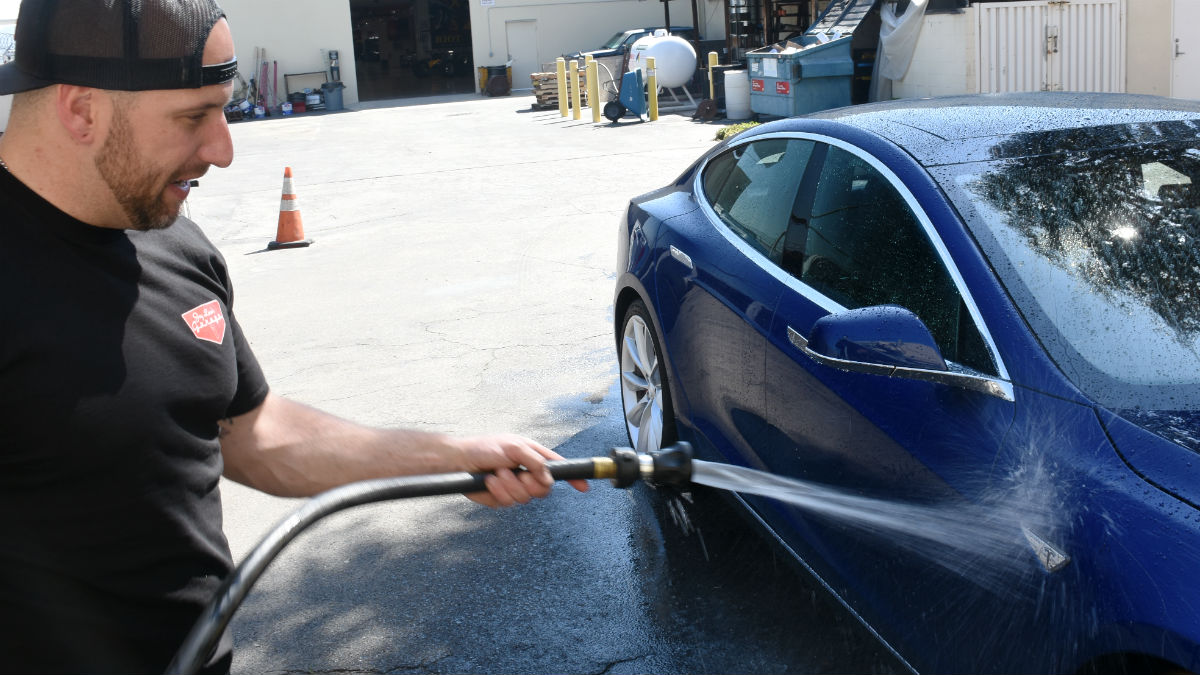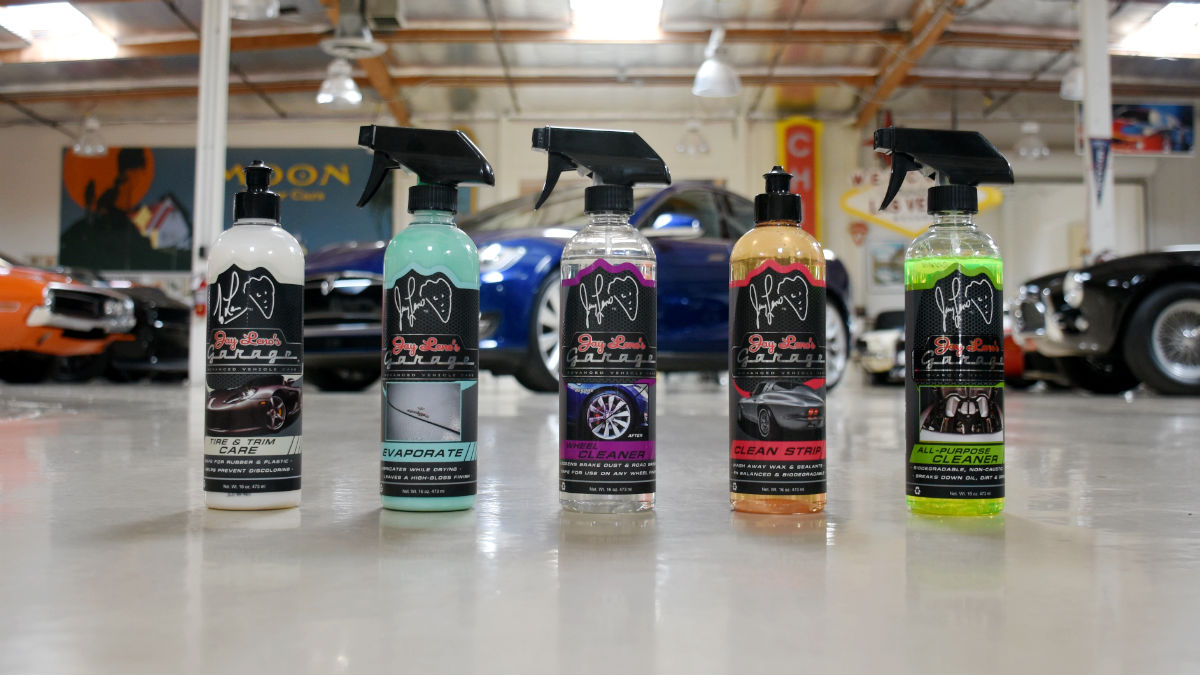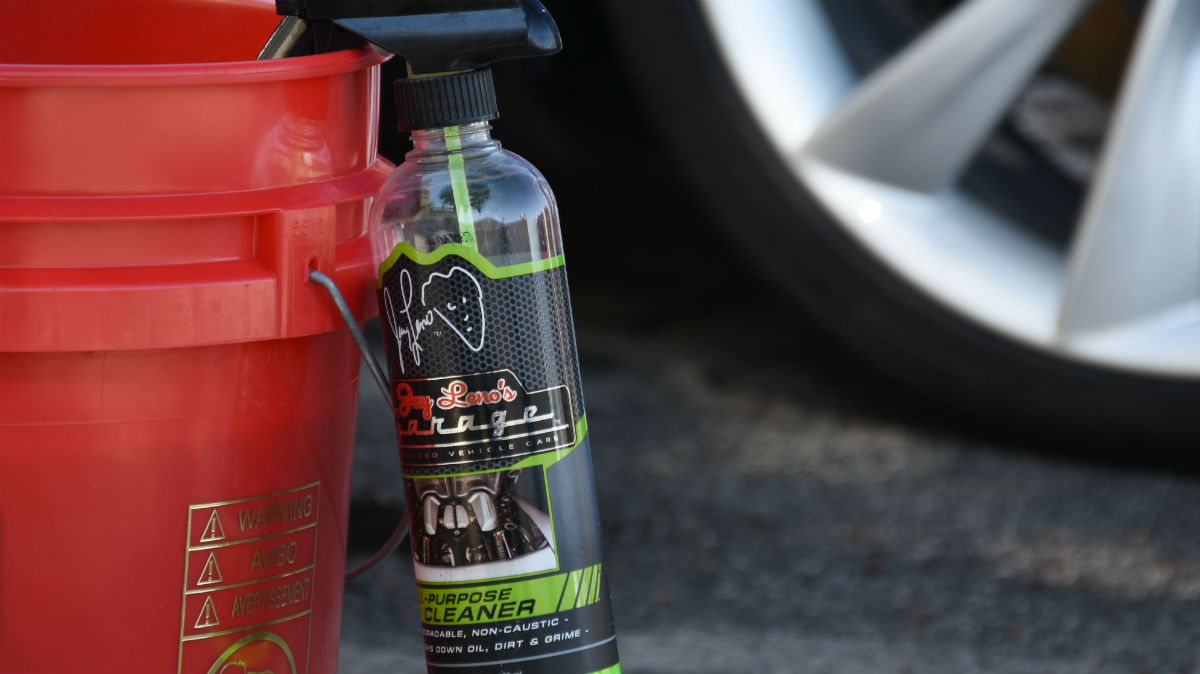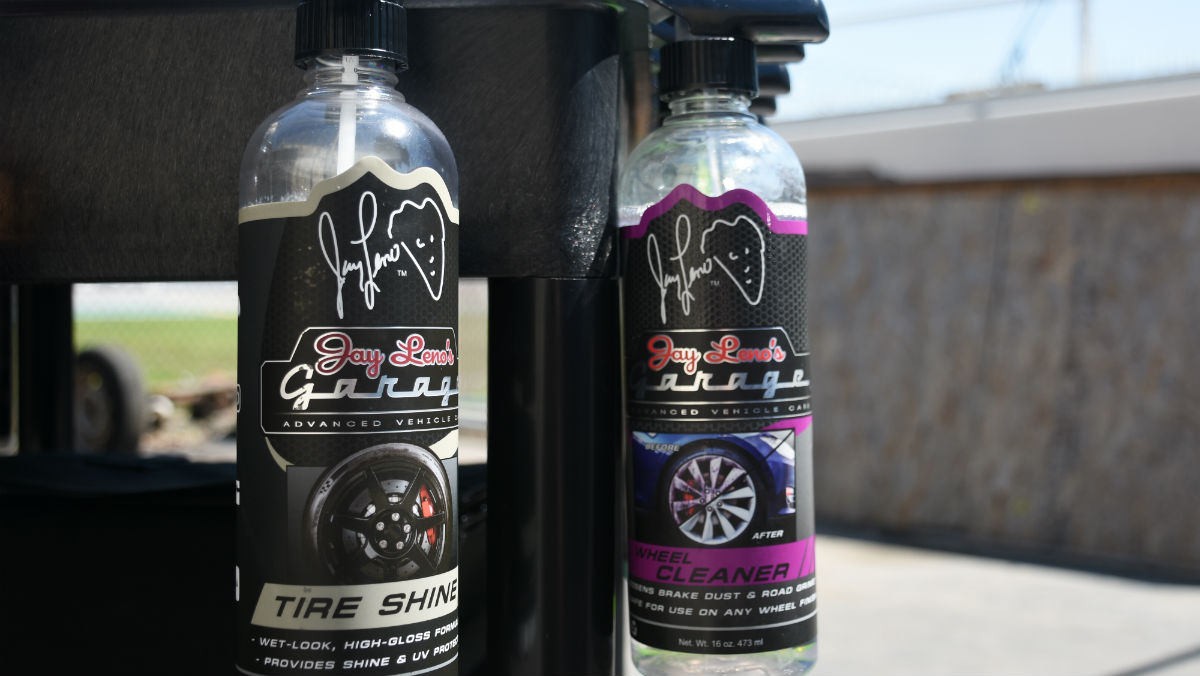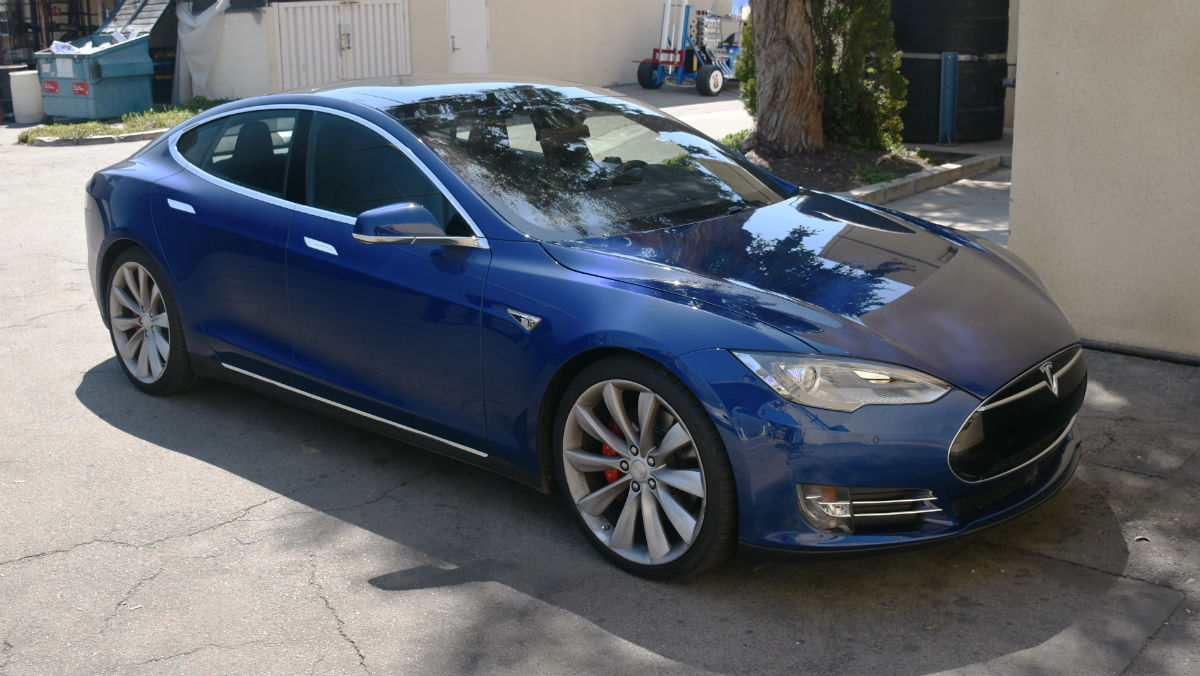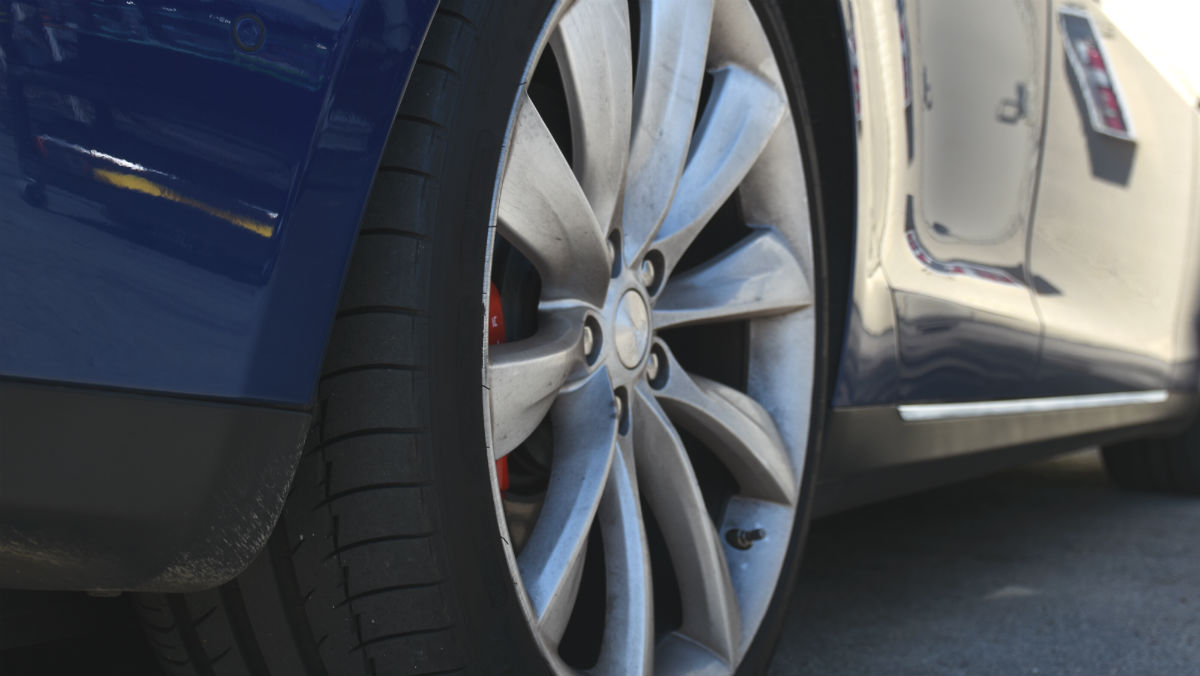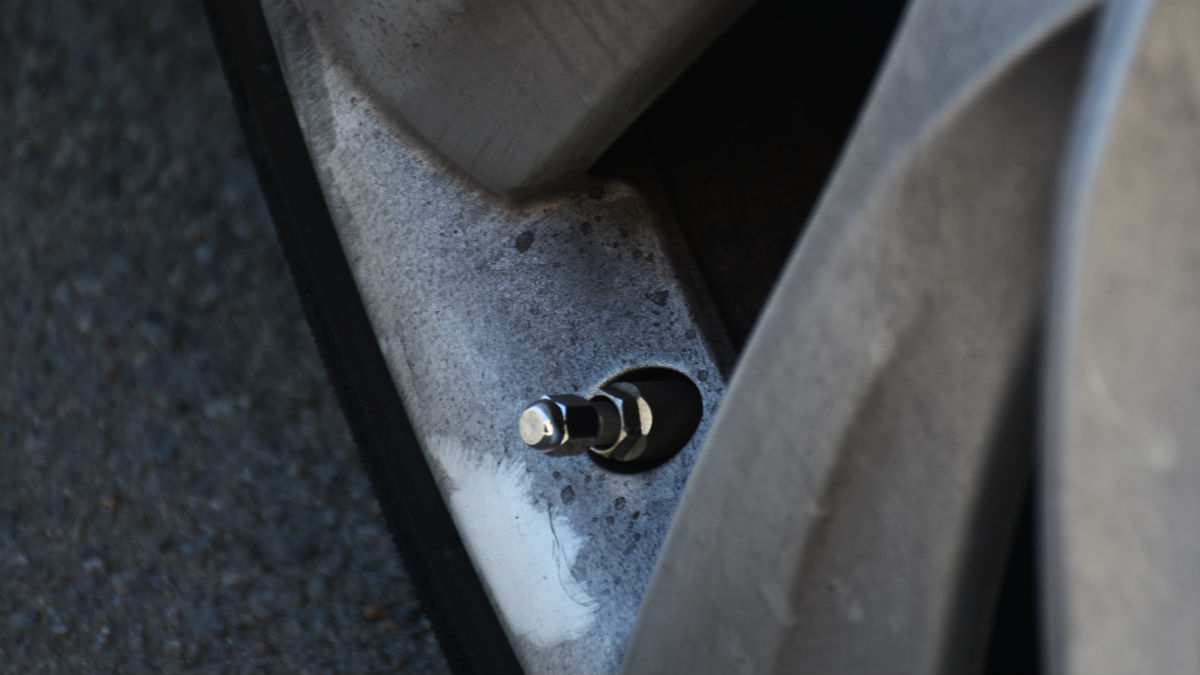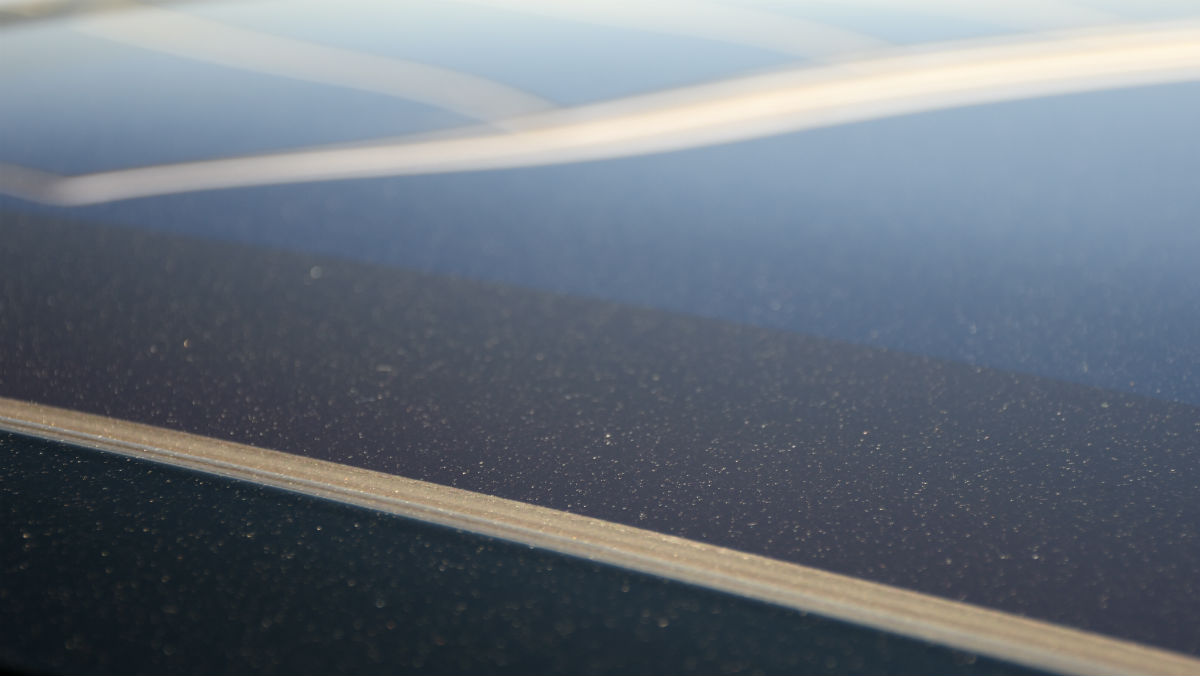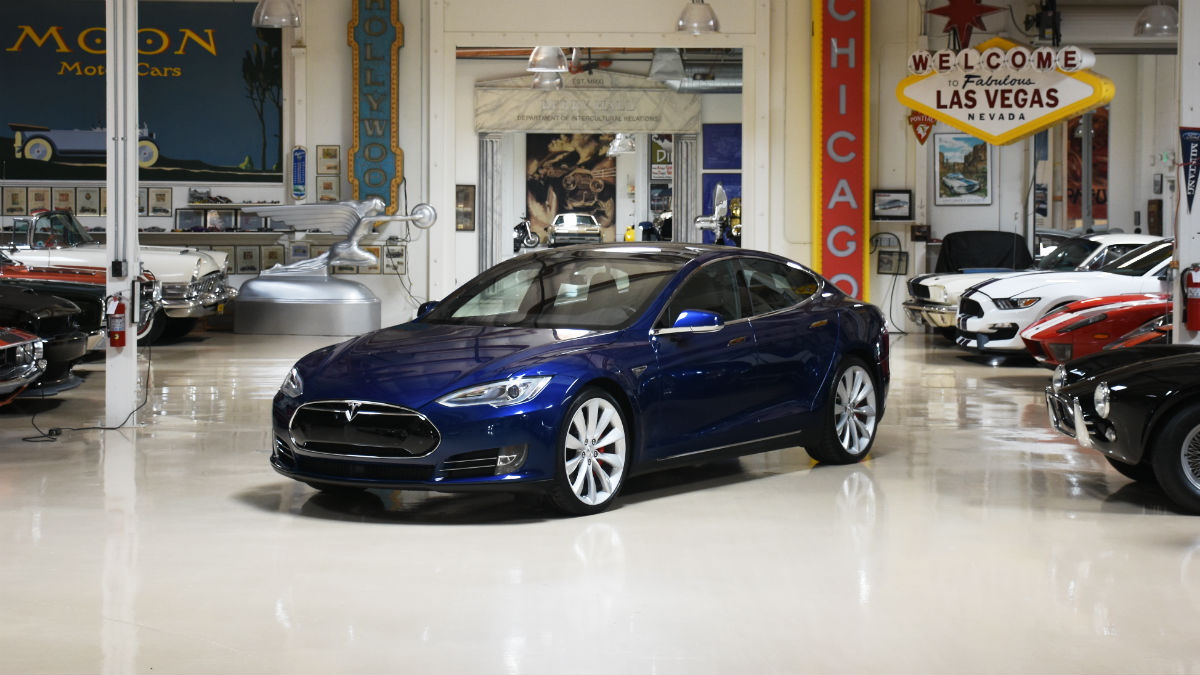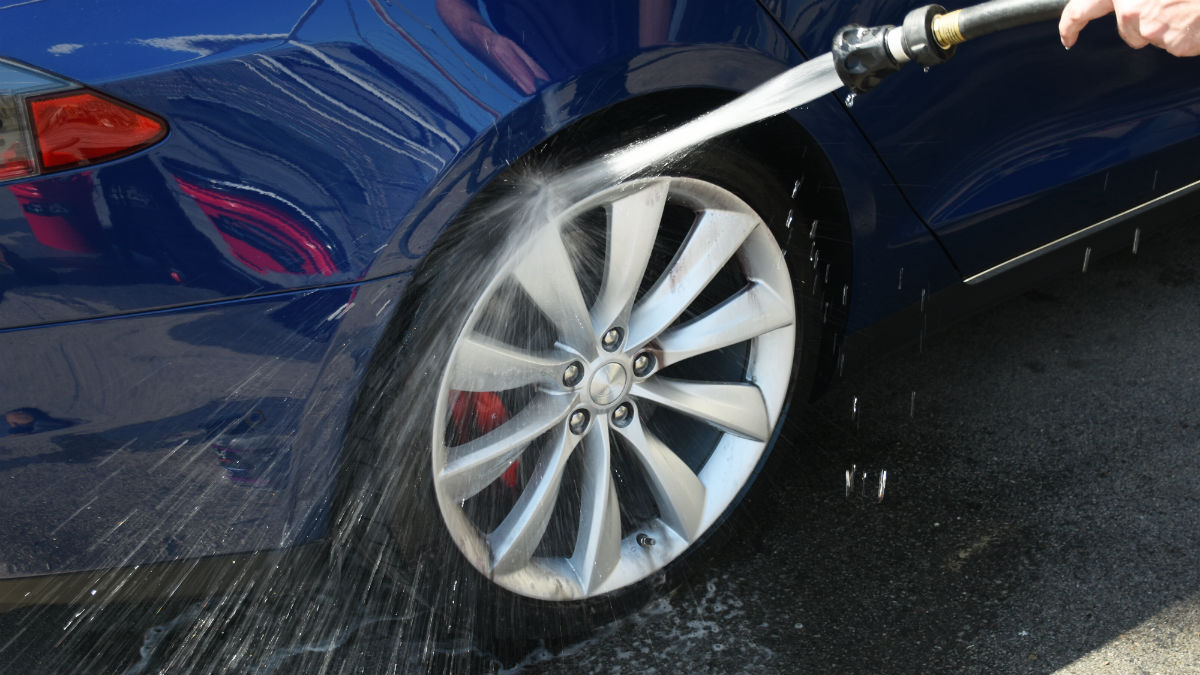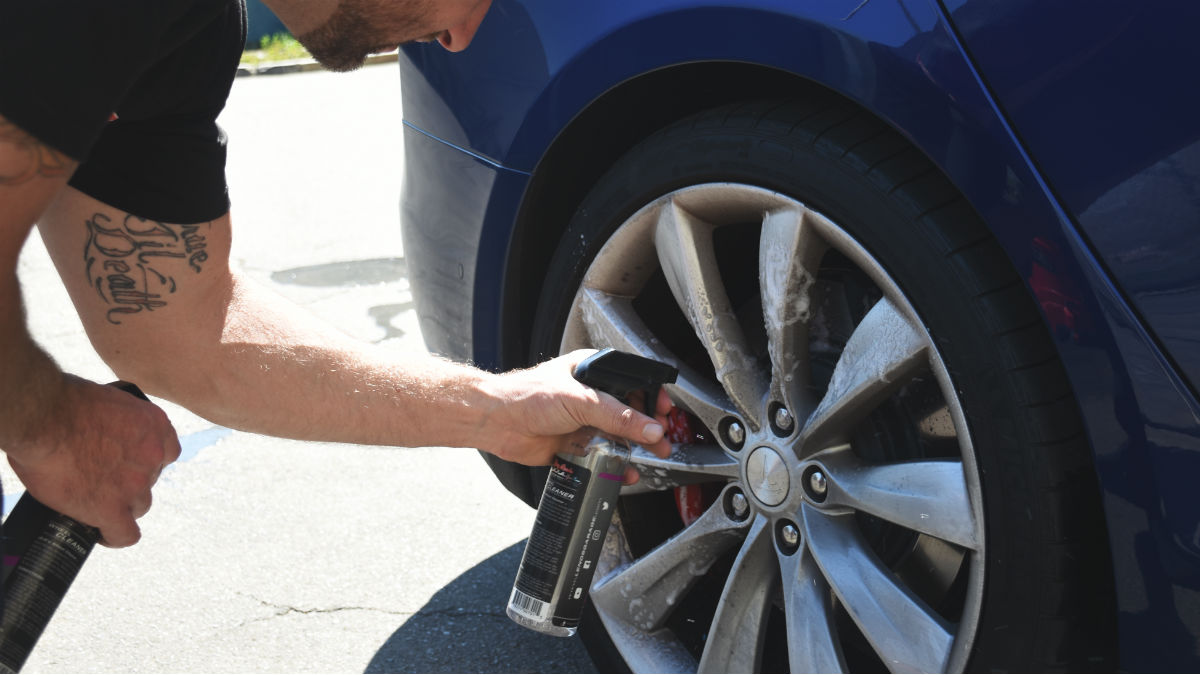
A normal driver likely doesn’t pay too much attention to his or her daily car’s cleanliness. You get in, go to work, get lunch, run errands, and head home. It’s the hum drum nature of everyday life. Most drivers, however, don’t have a collection of cars worth countless millions of dollars sitting in a complex of hangars outside Los Angeles proper. Most drivers aren’t Jay Leno.
Leno is known throughout the world for his late night hosting gig on The Tonight Show. He’s beloved by millions (albeit less so by Conan O’Brien) and looked to as one of the best stand-up comics of all time. Jay Leno, however, is also known for one more thing. No, not his iconic chin. His cars.
Throughout the years, Leno has amassed a collection of automobiles that would make most enthusiasts cry upon sight. Indeed, when we stepped into his hangar for the first time, we stopped dead in our tracks and had to catch our breath. His cars and motorcycles are unlike anything we’ve ever seen. One row is Lamborghinis, anther Fords, further down are Packards and Bugattis and Chevrolets. (No Ferraris. The story behind that is something you’ll need to pry out of Jay.)
Over 100 automobiles — and likely the same number of motorcycles — adorn Leno’s infamous garage. Given the quantity of cars and bikes, the breadth of his collection in terms of different construction and materials, and the demands for filming Jay Leno’s Garage TV show (a car-centric TV show on CNBC), it became a pain keeping the vehicles clean. Leno had a person that would come in and clean the
After the last detailer left unexpectedly, Jay turned to Chris Walters and Jeremy Porrazzo. The pair came from a chemical company that specialized in industrial and automotive cleaners and the garage had been using their products for some time. Neither were detailers per se, but both had a passion for cars and were quick learners. When the call came from Jay that he needed detailers, they leapt at the opportunity. Over the course of the next few months, inspired by Jay’s appreciation for the exquisite job they had been doing on the collection, Walters and Porrazzo decided to bring him an idea: create a Jay Leno’s Garage-specific cleaner.
The pair was nervous at first, but one day, Porrazzo got up, went up the producers for the CNBC show, and told them their idea. The producers said it sounded interesting and that they’d help set up a pitch meeting with Leno. Walters and Porrazzo stopped what they were doing, ran home, and designed a mock-up for the meeting. Leno loved the idea, especially given the quality of the product, and the rest, as they say, is history.
We stopped by Leno’s Garage to get a demonstration from Walters on Leno’s very well-used Tesla Model S P90D. In short, the car was filthy and hadn’t been washed since rain had befallen the City of Angels. It made the perfect candidate to test the products and showcase their results. While the Tesla only necessitated a few of the Jay Leno’s Garage Advanced Vehicle Care’s products (Tire & Trim Care, Evaporate, Wheel Cleaner, Clean Strip, and All Purpose Cleaner), the line consists of 23 different formulas that assure no matter what your collection holds, whether it’s classic muscle cars, new carbon-bodied exotica, or steam machines, you’ll be taken care of.
And after watching the transformation of the dirty Tesla into a garage queen befitting Leno’s hangar, we’re definitely believers:
